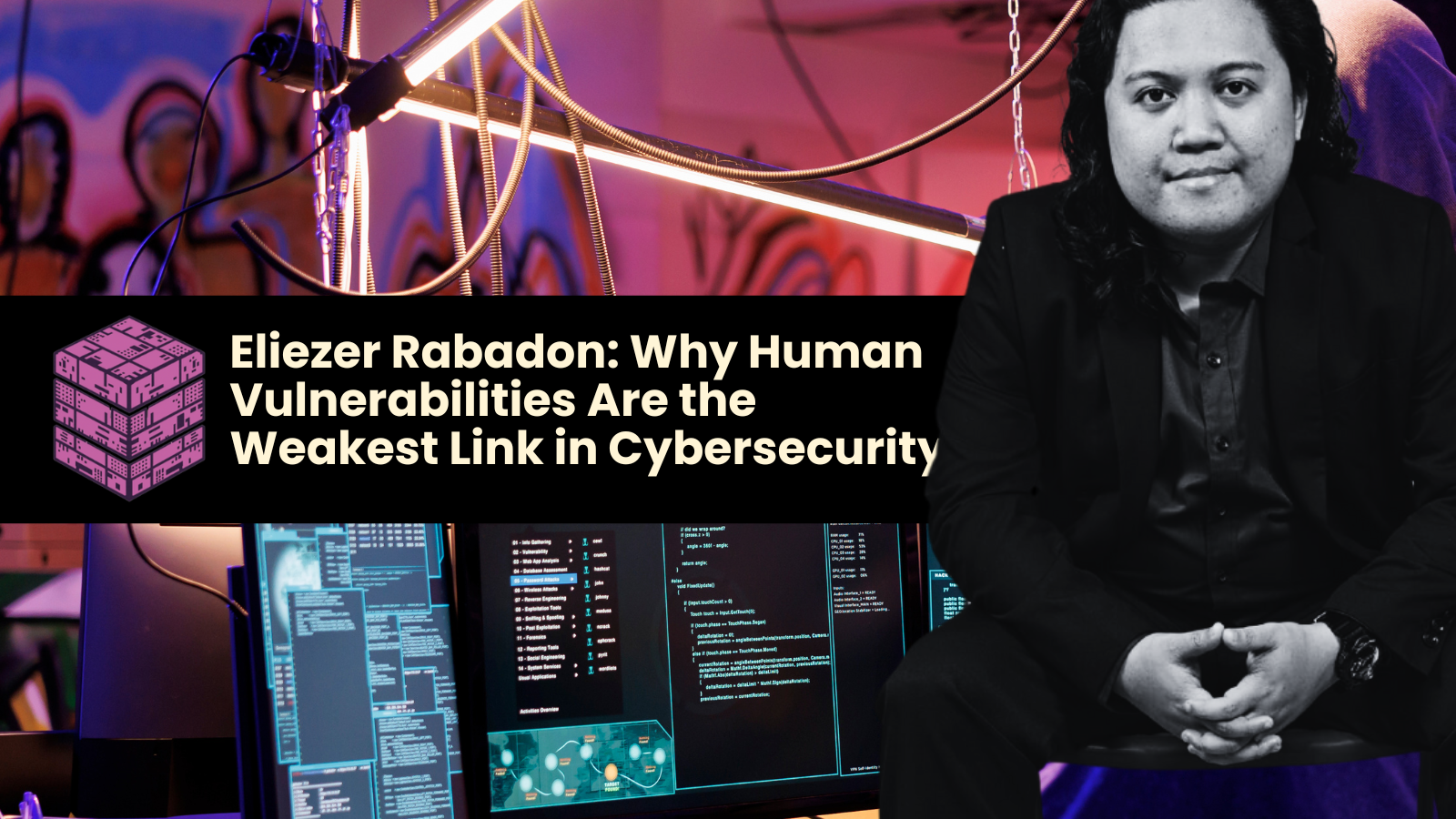No system is impenetrable if hackers can manipulate the people using it.
While many organizations invest heavily in firewalls, encryption, and security protocols, the greatest weakness in any system remains the human element. Cybercriminals know this and have refined their tactics to exploit human psychology rather than just technical flaws.
According to cybersecurity expert Eliezer Rabadon, now the CEO of DvCode Technologies Inc., Tech Lead of ICP HUB Philippines, and a Certified Smart Contract Developer and an ethical hacker acknowledged by Meta (Facebook), social engineering has become one of the most effective attack vectors in today’s digital world.
"Social engineering threats are frequently underestimated, despite their effectiveness in breaching security.
Instead of breaking through complex security measures, attackers often manipulate users into unknowingly granting access or revealing sensitive information.
Most Common Forms of Social Engineering
Techniques such as phishing emails, SMS spoofing (SMShing), and fraudulent social media messages are designed to trick users into clicking malicious links or providing personal data.
The rise of AI-generated scams, including deepfake audio and video impersonations, has further blurred the line between real and fake, making these attacks even more convincing.
"In the Web3 space, many security breaches originate from social engineering rather than technical exploits, proving that human vulnerabilities often pose a greater risk than system flaws."
This shift means that even the most secure blockchain protocols can be compromised when users fall victim to deception. High-profile scams have demonstrated how hackers bypass sophisticated security by gaining access through human trust and error rather than breaking code.
Careless Data Handling Remains a Huge Problem
One of the most underestimated risks is the careless handling of sensitive data.
"The common practice of sharing files with "anyone with the link" on platforms like Google Drive or OneDrive can lead to unintended public exposure, as these links can be indexed by search engines."
Attackers often exploit these small lapses to gather intelligence, impersonate trusted sources, and execute broader attacks.
The solution, according to Rabadon, is not just better technology but better education. Businesses and individuals need to be trained to recognize these threats, question unexpected messages, and verify sources before engaging with unknown links or requests.
As cyber threats continue to evolve, one truth remains clear: the strongest cybersecurity defense is not just in the code, but in the people using it.











